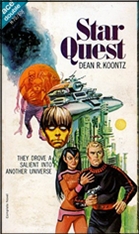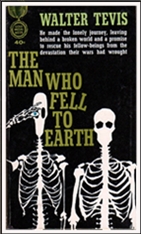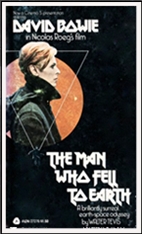Thu 14 Aug 2025
SF Diary Review: DEAN R. KOONTZ – Star Quest.
Posted by Steve under Diary Reviews , Science Fiction & Fantasy[7] Comments
DEAN R. KOONTZ – Star Quest. Ace Double H-70; paperback original; 1st printing, 1968. Cover art by Gray Morrow. Published back-to-back with Doom of the Green Planet by Emil Petaja. Apparently never reprinted.

The universe has been the scene of a centuries-long war between the Romaghians and the Setessins. On a restricted primitive planet Tohm is forcibly separated from his love Tarnilee by invading Romaghians. His search for her leads him to the slave planet Basa II, where he joins a group of hunted Muties, mutants caused by the effects of nuclear warfare,
The latter have learned the power of shifting between divided universes, and have successfully rid their universe of warring worlds.
Shallow on first reading, but Dean says there are allegorical points. The warring enemies are descendants of the radical right and the radical left; the mutants are “soulbrothers” – the victims of the attempted cleansing of guilt – who have succeeded in ending war, But who are the mutants with white eyes, tangible lust creatures, who periodically appear and disappear?
This will probably not rate well with others, sorry to say. Dean does have a good picturesque style.
Rating: ***












